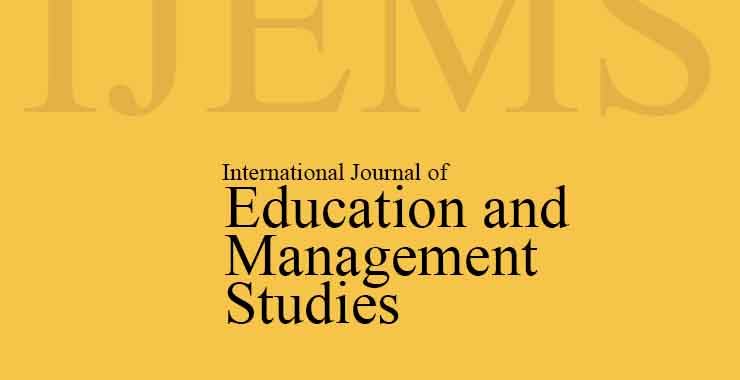Assessing Nutri-cereals (the Millets)-Consumption Behaviour in Annamayya District
Original price was: ₹ 201.00.₹ 200.00Current price is: ₹ 200.00.
Page: 83-86
Kate Prathyusha1, Swati Sharma2, and G.S. Panduranga3 (ASPEE Agribusiness Management Institute, Navsari Agricultural University, Navsari, Gujarat1,2 and Programme Coordinator and Head, Krishi Vigyan Kendra, Kalikiri, Annamayya, Andhra Pradesh3)
Description
Page: 83-86
Kate Prathyusha1, Swati Sharma2, and G.S. Panduranga3 (ASPEE Agribusiness Management Institute, Navsari Agricultural University, Navsari, Gujarat1,2 and Programme Coordinator and Head, Krishi Vigyan Kendra, Kalikiri, Annamayya, Andhra Pradesh3)
Many nations have precise meals habitats. Millet plant has a separate importance in food that has a first rate effect on nutrients. Millets are the only food with no known side effects, making them suitable for people of all ages, from infants to the elderly. Highly nutritious, millets surpass other cereals and pulses in certain key nutrients, serving as an essential source of nourishment. They are rich in protein, fiber, vitamin E, lecithin, essential amino acids, and methionine, earning them the title of “nutricereals.” Processing millets through both traditional and modern techniques to create value-added and convenient products can significantly expand their culinary applications. Developing ready-to-cook millet-based products can encourage consumption among non-millet consumers, thereby enhancing nutritional security. In light of this, this paper aims to assess buying behaviour of consumers concerning millets in Annamayya district, Andhra Pradesh. This study was conducted with a sample of 100 respondents, and data were collected through a structured questionnaire from both primary and secondary sources. The key findings reveal that the majority of respondents were aged between 45 and 54 years and belonged to households with fewer than five members. Most consumers preferred purchasing millet-based value-added products from small retail shops and producers’ own outlets on a fortnightly basis. Their purchasing decisions were primarily influenced by the high nutritional value of millets, doctor recommendations, and suggestions from friends and family. The major challenges faced by consumers when purchasing millet value-added products were their higher prices compared to conventional cereals and issues with timely availability. The study highlights the need to introduce a diverse range of millet-based products at competitive prices to enhance consumer accessibility. Additionally, it recommends that companies invest in stronger promotional activities, particularly through social media, to expand their consumer base. Collaborating with supermarkets and hypermarkets is also suggested to improve product availability and meet the growing demand for millet-based foods.

